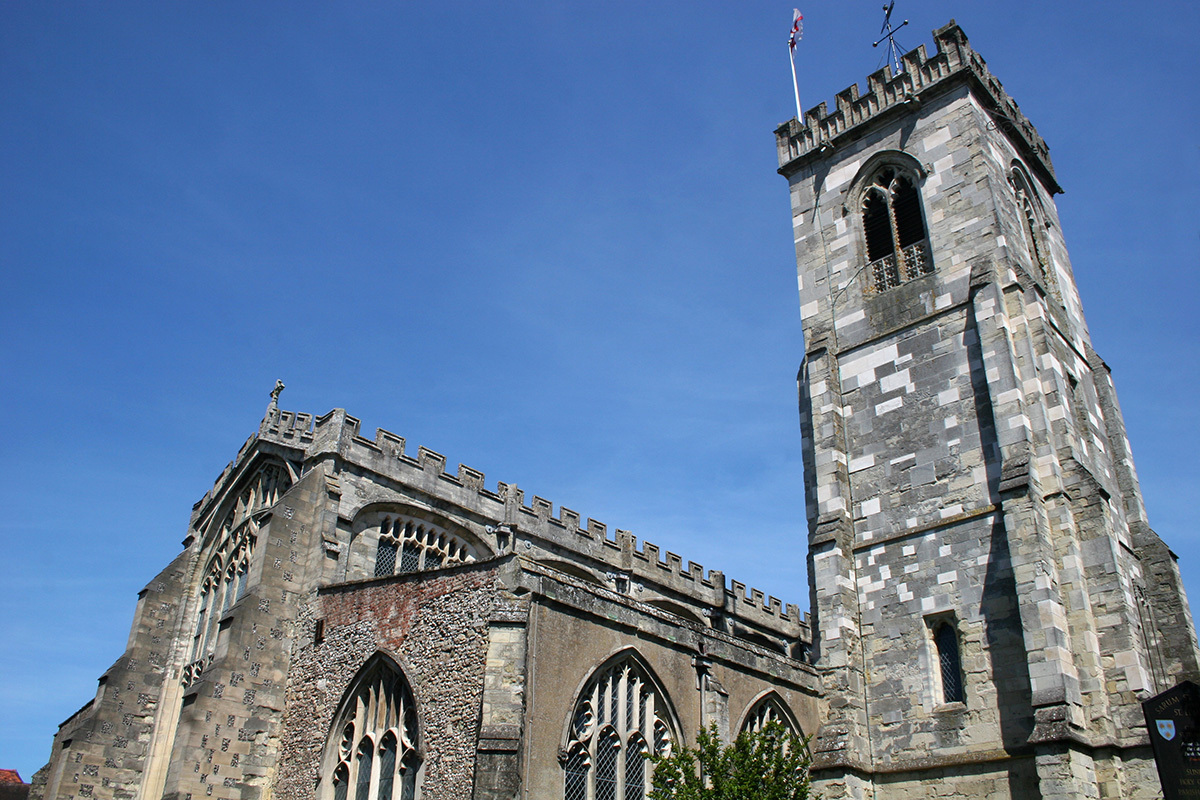
Nordic walking
Nordic walking is a full-body exercise that's easy on the joints and suitable for all ages and fitness levels. Find out about the Nordic walking technique, the health benefits and getting started.
What is Nordic walking?
Nordic walking was originally a summer training regime for cross-country skiers. It's based on using specially designed walking poles in a way that harnesses the power of the upper body to propel you forward as you walk. It's now a recognised way to turn a walk into whole-body exercise that can be done by anybody, anywhere.
Who is Nordic walking suitable for?
Nordic walking is suitable for people of all ages and fitness levels. Classes range from gentle walks for people with health concerns, to workout walks, which are a great way to improve fitness, lose weight and tone the whole body.
What equipment do you need?
You'll need a pair of Nordic walking poles (which are different to those used for trekking because of how the strap is used and the angle you plant them on the ground), walking shoes and appropriate clothing. Most Nordic walking instructors will provide the poles, but you can buy a pair for about £30.
What difference do the poles make?
When properly used, the poles take the weight off the knees and lower body joints – this makes you feel lighter on your feet.
What's the technique?
You move in a similar way to ordinary walking and swing your arms from your shoulder with your elbows straight – think of a soldier marching. To get the full benefits and avoid injury, you could start with lessons to get the basic technique.
What are the health benefits of Nordic walking?
Similar to other forms of moderate activity, regular Nordic walking can lower your risk of chronic illnesses, such as heart disease, type 2 diabetes, asthma, stroke and some cancers. Nordic walking, like any other form of exercise, can also be used as part of an exercise programme to lose weight.
Is Nordic walking hard on your joints?
Nordic walking is no harder on the joints than walking. It's an activity suitable for people with joint conditions or who may be carrying some extra body weight.
How do you get started?
Nordic walking can be done in any location, city or countryside, but it's recommended that you learn the technique from a qualified instructor.
They'll usually offer a taster session so that you can make sure it's something that's right for you first. Most instructors also run local groups, which you can join for regular walks once you've learned the technique.
Find an instructor on the websites of Nordic Walking UK or British Nordic Walking.












